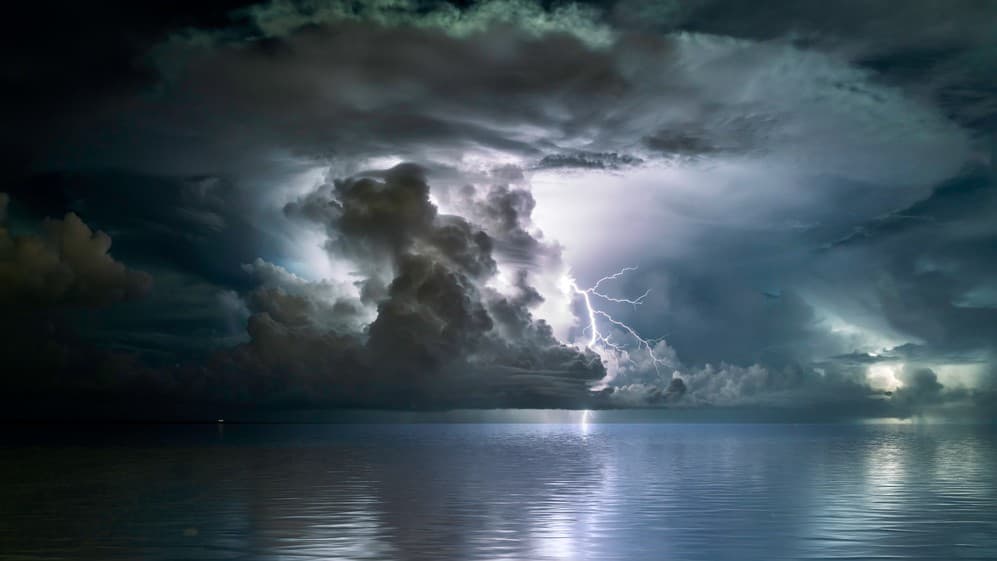Two years ago, at the height of the pandemic, BP wrote in its annual Energy Outlook that global oil demand had peaked at around 100 million bpd in 2019, and it was only going to go down from then on because of the effects of the pandemic and the accelerated energy transition. Just two years later, BP is admitting it may have underestimated the world’s thirst for oil, although it heroically stuck to its long-term forecast that the electrification of transport will eventually usher in the era of peak oil demand.
Investment banks, meanwhile, foresaw the rebound in demand because it was the natural thing to happen after the pandemic depression caused by all the lockdowns. What they did not foresee—because it is impossible to foresee—was the extent and speed of the rebound.
Goldman Sachs’ Jeffrey Currie recently acknowledged this gap between expectations and reality in an interview with Bloomberg, saying, “The markets moved faster and the fundamental tightness is deeper than what we would have thought three or six months ago.
“This is where we should be, but it is a lot deeper than we would have initially thought. Energy and food right now, as we go into the summer months, are severely skewed to the upside,” Currie added.
It may be interesting to note that even three to six months ago, long before Russian supply became a factor in the upward potential of oil prices, there were few but authoritative voices that argued the oil market is, in fact, in balance.
Citi’s Ed Morse was one of these voices. In February, he told Bloomberg’s Javier Blas he expected the oil market to move into surplus territory thanks to increased oil production from the United States—the Permian, specifically—Brazil, and Canada.
Indeed, the Energy Information Administration recently forecast oil production in the Permian would hit a record high this month, but that does not appear enough to offset the global oil imbalance, with many U.S. producers signaling they are unwilling—or are unable because of shortages and delays—to boost production.
In Canada, production is rising, and according to Alberta’s Premier, Jason Kenney, the country’s total could rise by close to 1 million bpd, but this has yet to happen. In Brazil, production is also on the rise but has so far failed to make a difference in the price department.
Of course, the reasons for this price situation are first, the sanctions against Russia, which happens to be the world’s largest oil and fuel exporter, and second, OPEC’s inability to produce as much as it agreed to because of chronic problems with some members of the cartel. Meanwhile, the two OPEC members that have enough spare capacity to offset the loss of Russian barrels, Saudi Arabia and the UAE, are wary of tapping it.
Perhaps somewhere there is a genius oil analyst that foresaw this state of affairs. Perhaps it doesn’t take a genius to spot the patterns: those OPEC members that cannot hit their own production quotas have been finding it difficult to boost production for years; relations between the Middle Eastern oil states and the West have been deteriorating also for years. And the fact that Russia is the world’s biggest oil exporter is not exactly news.
Perhaps the biggest surprise, the thing that was extremely difficult to foresee, was the speed with which demand for oil rebounded and how resilient this demand has turned out to be despite much higher oil prices that the world has seen for years. In hindsight, it’s easy to attribute it to pent-up demand after the lockdowns, but hindsight is known to make it easier to explain events that have been near impossible to forecast.
The trouble with oil and any other analysis is, of course, that there are always assumptions that need to be made for lack of all the necessary information. Assumptions are often safe to make but sometimes, when a wild card enters the game, assumptions quickly become worthless. In this case, the wild card was Russia, but even the known cards refused to play into the assumptions of analysts.
U.S. production is not growing as much or as fast as some expected as WTI soared above $100 and stayed there. The electrification of transport is not undermining demand because the electrification of transport is happening a lot more slowly than expected. And, perhaps more importantly, OPEC+ may say it will boost production by 1 million additional barrels daily but whether words will translate into actions is very far from certain.
These seem to be all the necessary ingredients for a perfect oil storm, spiced up with the latest massive oil field outage in Libya. Things are, indeed, worse than pretty much everyone expected, and, what is perhaps more worrying, they will remain so for a while yet because there is no quick fix on the table.
The latest from the world’s biggest consumer is putting limits on exports. This would certainly lead to lower domestic prices but will push international prices further still and maybe hurt Washington’s friendship with Brussels. The latest from the world’s biggest importer is that it is stocking up on crude while refinery output declines. Stocking up does seem like the smart thing to do during this storm.

